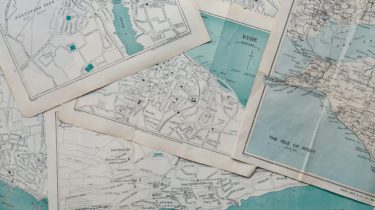From Data to Map: Visualizing Ames House Prices with Python

Geospatial visualization has become an essential tool for understanding and representing data in a geographical context. It plays a pivotal role in various real-world applications, from urban planning and environmental studies to real estate and transportation. For instance, city planners might use geospatial data to optimize public transportation routes, while real estate professionals could leverage it to analyze property value trends in specific regions. Using Python, we can harness the power of libraries like geopandas, matplotlib, and contextily to create compelling visualizations. In this post, we’ll dive deep into a code snippet that visualizes house sale prices in Ames, Iowa, breaking down each step to understand its purpose and functionality.
Let’s get started.